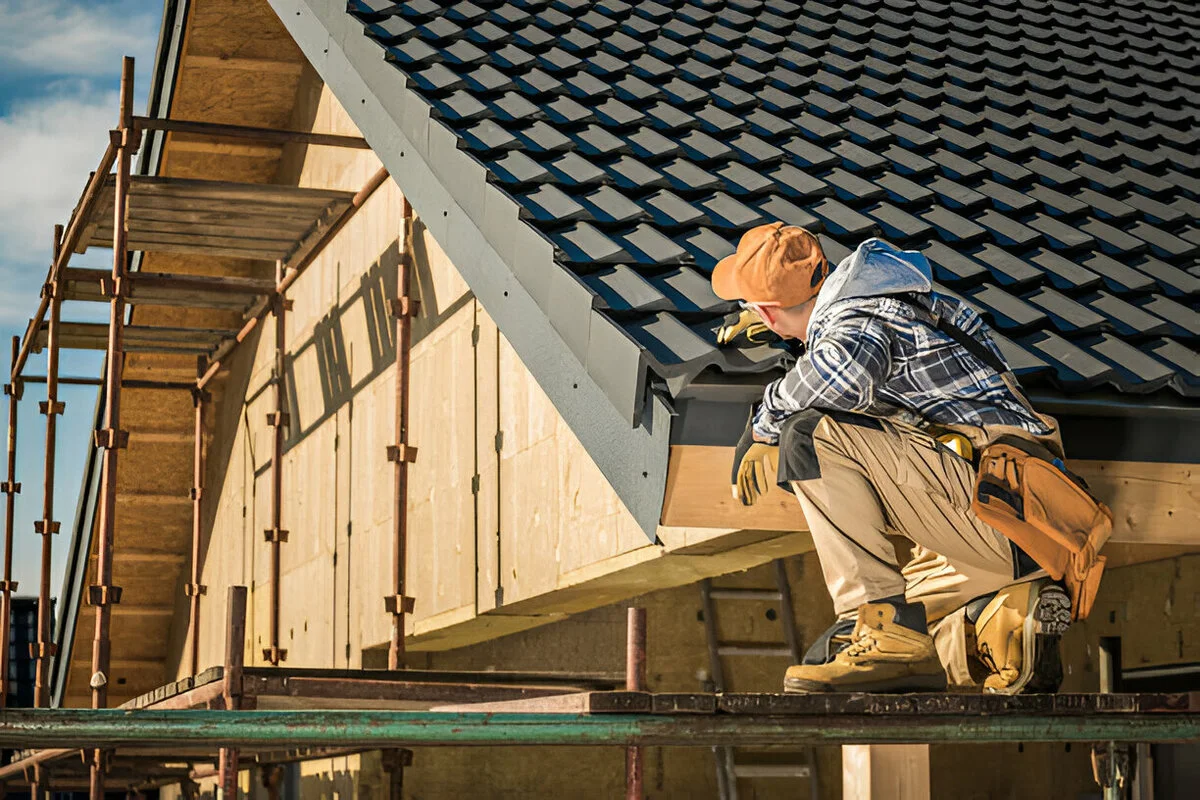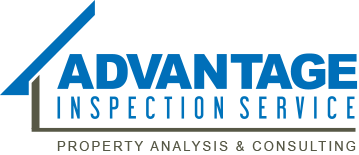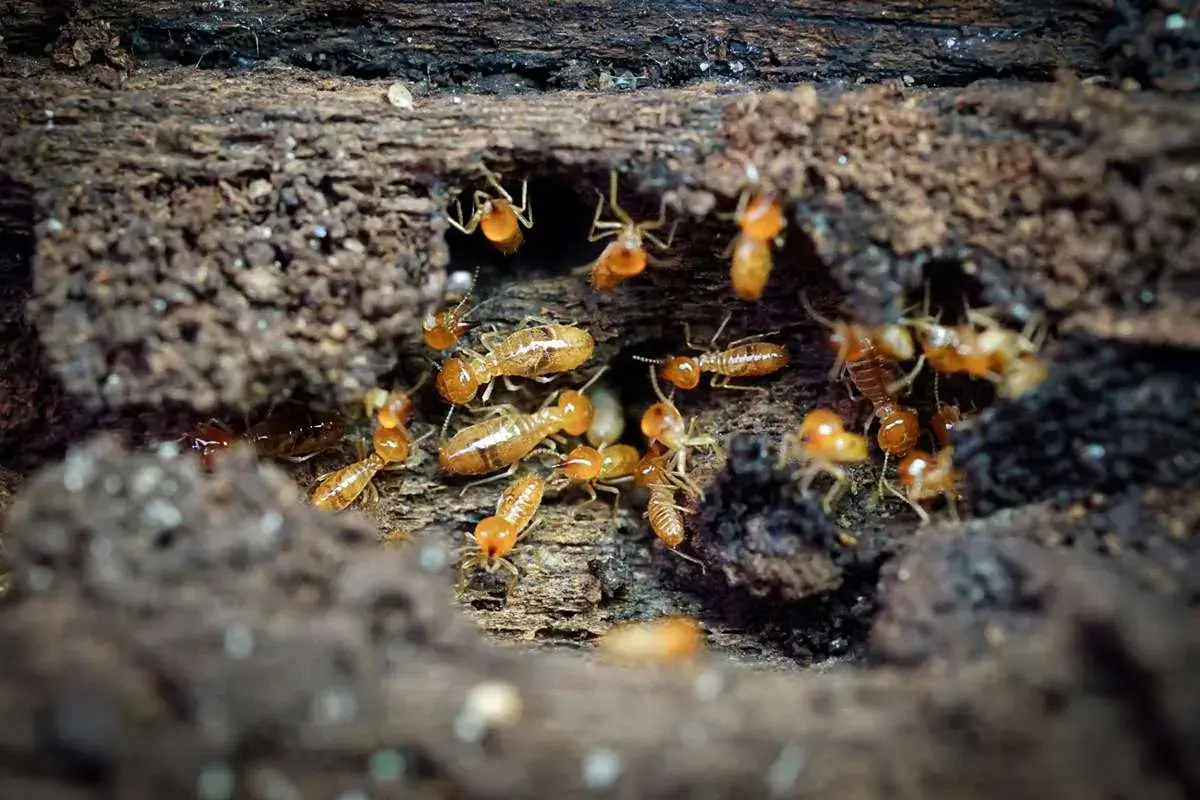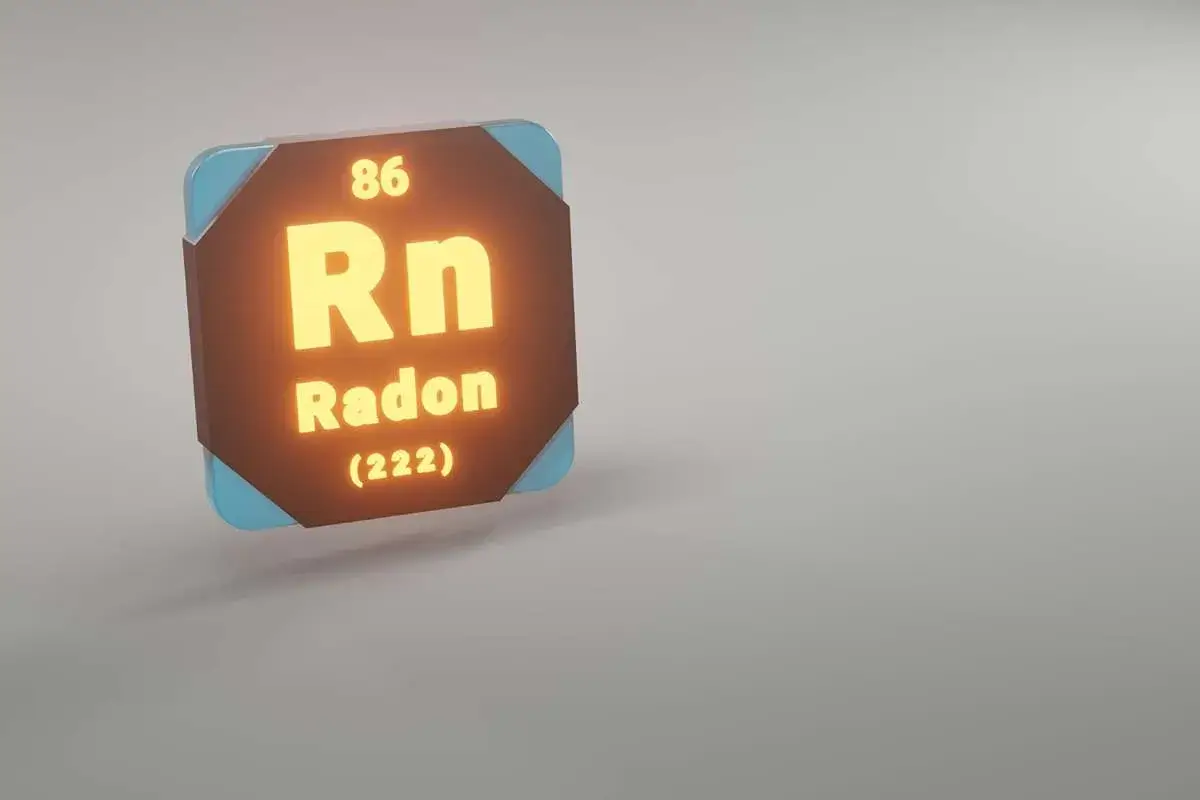As a resident of Arizona, you know that you are going to get sunshine, and…

How to Perform A Roof Inspection
Your home is not complete without a roof. It helps protect you from the elements and creates safety and comfort in your space. Like every other part of your home, your roof must be checked regularly. How do you inspect a roof, though? In this guide, we’ll cover all you need to know about roof inspections, from what to look for to how frequently you should do them.
Why Roof Inspections Matter
All kinds of weather can take its toll on roofs: rain, snow, wind, and sun. Catch problems early with regular inspections and save money by preventing costlier and bigger problems in the future. So, learning how to inspect a roof can be a valuable skill for maintaining your home’s integrity.
You can also engage a professional home inspector to do this job. It’s better to hire an expert if your roof is old, has a complicated structure, or you need to buy a home and want a comprehensive inspection.
So, What Do Roof Inspectors Look For?
If a professional roof inspector comes to check out your roof, there’s a detailed checklist they follow. Roof inspectors typically look for:
- Damaged shingles and other roofing material.
- Visible and potential leaks.
- Working condition of gutters and downspouts.
- Sagging or shifting structural issues.
- Flashing around chimneys, vents, and skylights.
- Signs of moss or algae growth.
- Prior repairs or damage.
Professional roof inspectors estimate the life of the roof and can tell you when it is time to replace it.
How To Inspect A Roof: The Basic Steps
You don’t need to make inspecting your roof complicated, but you must pay attention to detail. Here’s how a basic roof inspection goes:
1- Get On The Ground And Check the Roof
The first step in inspecting a roof is to inspect it from the ground. The inspector will check the roof’s overall condition. They will look for any real signs of shingle damage, such as sagging or missing shingles. If anything is blocking the drainage, like large debris, tree branches, etc., they will point it.
2- For A Closer Look, Use A Ladder
The inspector will use a ladder to examine the roof closely. First, they will inspect the edges. Searching for loose or curled shingles is the most obvious sign that the shingling has aged or been damaged by wind, rain, etc. They will pay special attention to chimneys, vents, and skylights. These spots are hotspots for leakage, so they cannot be ignored.
3- Cracked Or Missing Shingles
If the inspector spots damaged shingles, you’ll need to replace them soon so water does not leak inside your home. Shingles around flashing are especially vulnerable, and they are often the problem area.
4- Checking For Moss Or Algae Growth
Although moss and algae growth on your roof won’t immediately damage anything, it will reduce the life of the roof and damage your shingles. If the inspector discovers green spots or patches on your roof, you must clean them. It’s also important to be aware that too much growth is often a symptom of trapped moisture, leading to mold or rot.
5- Inspecting The Flashing
Flashing around areas like chimneys, vents, and skylights keeps water out of your home. Gaps, cracks, or rust around the flashing is a red flag. Damaged flashing can cause water leaks and additional damage to your roof and inside of your home.
6- Checking All Gutters And Downspouts
The inspector will check your gutters and downspouts and ensure they are free of clogs or damage. Thanks to gutters, water flows off your roof and away from your home. Blocked gutters can mean pools of water on your roof, causing leaks and other problems. Avoid these problems by cleaning your gutters regularly.
7- Interior Water Damage
Looking into your attic for mold, water stains, or dampness is also a part of the roof inspection. If the inspector sees any of these, it’s likely that water is leaking through your roof. Clearly, this is an urgent problem that needs addressing now.
8- Check For Granule Loss
The small granules on the shingles protect them against UV radiation from the sun. However, shingles can lose these granules over time and deteriorate. If the inspector notices granules in your gutters or downspouts, your shingles are resting on their last legs and will soon have to be replaced.
How Often Should You Have Your Roof Inspected
Now that you know how to inspect a roof, you may wonder how often you should do it. Most experts concur that having your roof professionally inspected at least once a year is important.
If you live in an area with severe weather, you may need to inspect your roof more often, especially after storms or high winds. If you find something during your roof inspection, make sure you get a professional inspection as well. A roof inspection is an excellent way to spot small issues while they’re still manageable and less expensive.
How Much Do Roof Inspectors Make?
How much money does a roof inspector make? That depends on the complexity of the roof’s design, its size, and the extent of the inspection. Price can also vary according to the payment method, such as whether it will be charged on an hourly basis or in a lump sum.
Conclusion
Knowing how to inspect a roof is a valuable skill for every homeowner. Regular roof inspections will help you catch potential problems early before you pay for costly repairs. It’s always a good idea to schedule a professional inspection at least once a year to make sure everything is tip-top.
If you want to hire a professional company to check out your roof, you’ve come to the right place. Advantage Inspection Services is here to help. We are fully equipped to give you thorough roof assessments to protect your home. Call us today to schedule your inspection to be sure your roof is prepared for whatever the weather throws its way.



